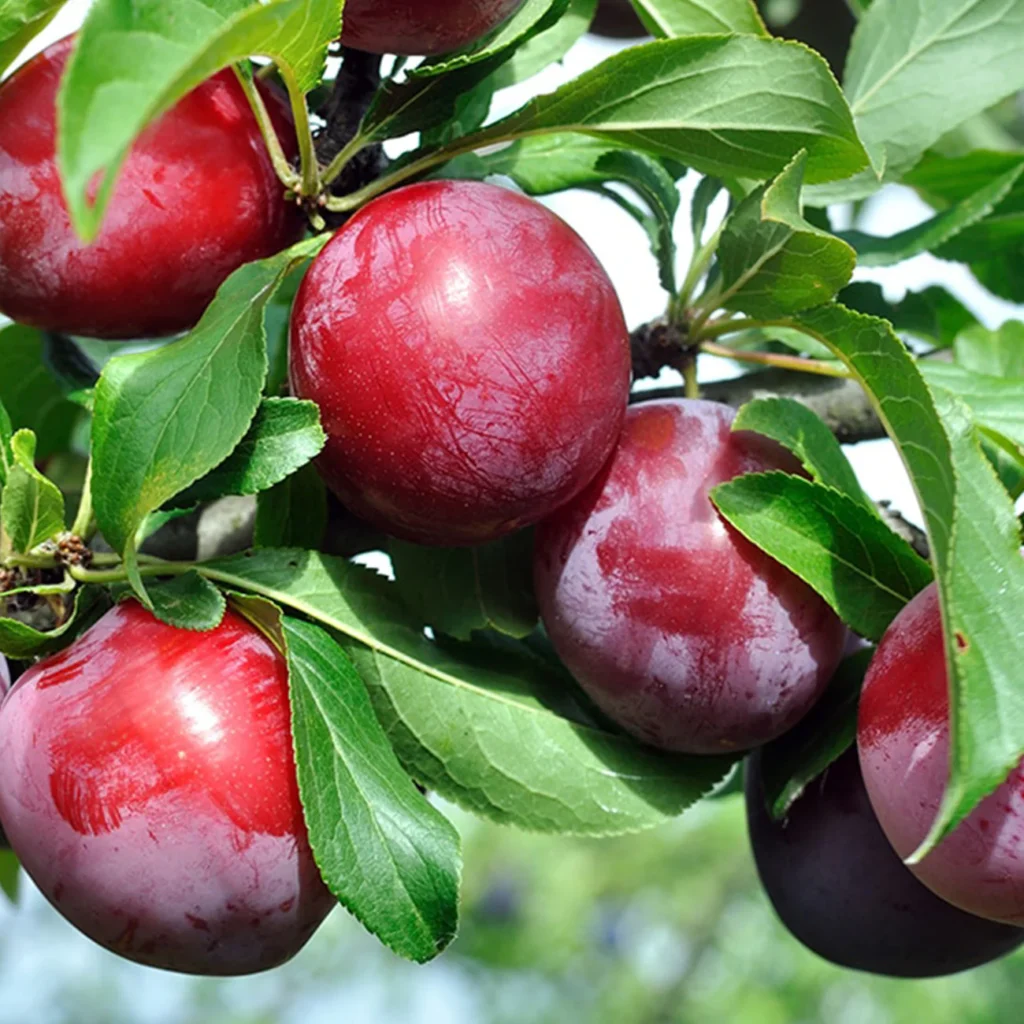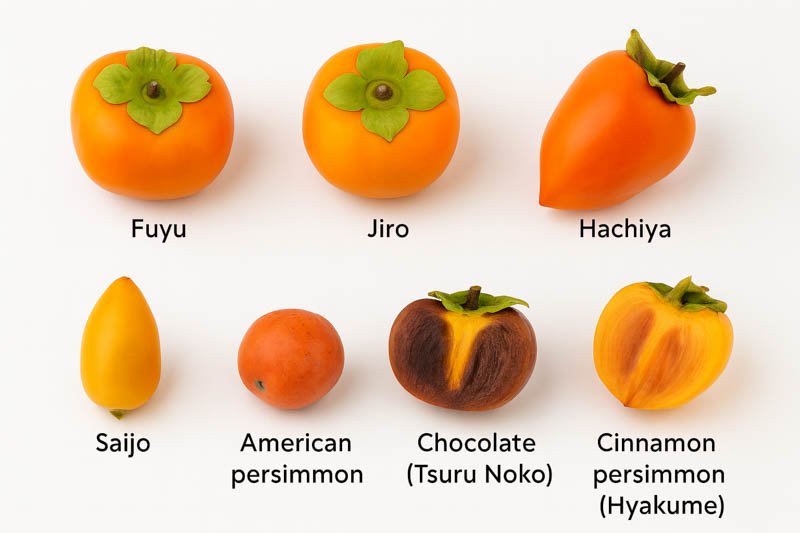
Caring for an apple tree involves proper planting, watering, pruning, fertilizing, and pest management. Here’s a thorough guide:
1. Planting
- Location: Full sun (at least 6–8 hours/day) with well-drained soil.
- Spacing: Standard apple trees need ~15–18 ft between trees; dwarf varieties ~8–10 ft.
- Soil: Slightly acidic (pH 6.0–7.0) is ideal.
- Planting depth: Ensure the graft union (swollen area near the base) is 2–3 inches above soil level.
2. Watering
- New trees: Water deeply once a week, more often in hot/dry weather.
- Established trees: Water during prolonged dry periods; aim for 1–2 inches per week.
- Tip: Avoid waterlogging; apple roots dislike standing water.
3. Mulching
- Apply 2–4 inches of organic mulch (wood chips, straw) around the base.
- Keep mulch 2–3 inches away from the trunk to prevent rot.
- Mulch conserves moisture, suppresses weeds, and regulates soil temperature.
4. Fertilizing
- Young trees (first 3 years): Light nitrogen fertilization in early spring.
- Mature trees: Fertilize in early spring before bud break; consider a soil test for balanced nutrients.
- Avoid over-fertilization; it can encourage leafy growth at the expense of fruit.
5. Pruning
- Timing: Late winter or early spring before bud break.
- Goals:
- Remove dead or diseased wood.
- Open the canopy for sunlight and airflow.
- Shape the tree to encourage strong scaffolding branches.
- Tip: Avoid heavy pruning during fruiting season; it reduces fruit production.
6. Pest and Disease Management
- Common pests: Aphids, codling moths, apple maggots.
- Common diseases: Apple scab, powdery mildew, fire blight.
- Prevention:
- Maintain good air circulation through pruning.
- Clean fallen leaves and fruit.
- Use organic or chemical controls if necessary, following local guidelines.
7. Thinning Fruit
- Why: Prevents overcrowding, improves size and quality of remaining fruit.
- How: When fruits are ~1 inch in diameter, thin to one fruit every 6–8 inches.
8. Harvesting
- Apples are ready when they come off the tree easily with a slight twist and have developed their full color and flavor.

Here’s a complete guide to plum tree care, covering planting, maintenance, and fruiting:
1. Planting
- Location: Full sun, well-drained soil; avoid areas prone to waterlogging.
- Spacing: Standard plum trees: 15–20 ft apart; dwarf varieties: 10–12 ft.
- Soil: Slightly acidic to neutral (pH 5.5–6.5).
- Planting depth: Plant so the graft union is just above the soil surface.
2. Watering
- Young trees: Water deeply once a week during dry spells.
- Established trees: Water every 2–3 weeks in prolonged dry periods.
- Avoid overwatering—plum trees are prone to root rot.
3. Mulching
- Apply 2–4 inches of organic mulch around the base.
- Keep mulch 2–3 inches away from the trunk to prevent fungal issues.
- Mulch helps retain soil moisture, reduce weeds, and moderate soil temperature.
4. Fertilizing
- Young trees: Light nitrogen fertilization in early spring.
- Mature trees: Apply a balanced fertilizer (N-P-K) in early spring; a second application after fruit set if needed.
- Avoid excessive nitrogen—it encourages leafy growth at the expense of fruit.
5. Pruning
- Timing: Late winter or early spring before bud break; light pruning in summer if needed.
- Goals:
- Remove dead, damaged, or crossing branches.
- Open up the canopy for sunlight and air circulation.
- Shape into a vase or open-center form.
6. Pollination
- Some varieties are self-fertile; others require a different plum variety nearby for pollination.
- Check the variety to ensure good fruit set.
7. Pest and Disease Management
- Common pests: Plum curculio, aphids, scale insects.
- Common diseases: Brown rot, black knot, leaf curl.
- Prevention:
- Maintain good air circulation through pruning.
- Remove fallen fruit and infected branches.
- Use fungicides or organic sprays as needed during growing season.
8. Thinning Fruit
- Thin fruits when about 1 inch in diameter, leaving 4–6 inches between fruits.
- Improves fruit size and reduces branch breakage.
9. Harvesting
- Plums are ripe when they change color, soften slightly, and detach easily with a gentle twist.
- Harvest before overripe to avoid fruit drop and rot.

1. Choosing and Planting
- Location: Full sun (6–8 hours/day) for best fruit; partial shade reduces yields.
- Soil: Well-drained, loamy soil; slightly acidic to neutral (pH 6.0–7.5). Avoid clay or soggy spots.
- Spacing: Standard trees: 20–25 ft apart; dwarf trees: 10–15 ft.
- Planting Depth: Plant so the root flare is just above the soil.
2. Watering
- New trees (first 1–2 years): Water deeply 1–2 times per week during dry periods.
- Established trees: Drought-tolerant, but deep watering during dry spells and fruiting improves yield.
- Tip: Avoid overwatering; persimmons are prone to root rot in waterlogged soil.
3. Mulching
- Spread 2–4 inches of organic mulch (straw, wood chips) around the base.
- Keep mulch 2–3 inches away from the trunk to prevent rot.
- Benefits: Conserves moisture, suppresses weeds, and stabilizes soil temperature.
4. Fertilizing
- Young trees: Balanced fertilizer (N-P-K) in early spring.
- Mature trees: Light fertilization once a year in early spring if growth is slow.
- Caution: Too much nitrogen can reduce fruit production and increase leaf growth.
5. Pruning
- Timing: Late winter or early spring before bud break.
- Goals:
- Remove dead, damaged, or crossing branches.
- Maintain open canopy for sunlight and airflow.
- Encourage strong scaffold branches.
- Note: Light pruning is best; heavy pruning reduces fruit.
6. Pollination
- Most Asian persimmons (Diospyros kaki) are self-pollinating.
- American persimmons (Diospyros virginiana) may need a second tree nearby for better fruit set.
7. Pest and Disease Management
- Common pests: Persimmon psylla, scale insects, mealybugs, borers.
- Common diseases: Leaf spot, crown gall, root rot.
- Prevention:
- Prune for airflow.
- Remove fallen leaves and fruit.
- Apply insecticides or fungicides only if necessary.
8. Fruit Thinning
- Usually unnecessary; persimmons naturally produce manageable clusters.
- Thin lightly if branches are overloaded to prevent breakage.
9. Harvesting
- Astringent types (Hachiya): Harvest when fully colored but firm; allow to soften before eating.
- Non-astringent types (Fuyu): Harvest when colored and firm; can be eaten crisp.
- Persimmons don’t continue ripening much after picking, except for Hachiya, which softens off-tree.
Tips for Success
- Protect young trees from frost and strong winds.
- Mulching and proper watering are most critical in the first few years.
- Persimmons are relatively low-maintenance once established, making them great for home orchards.
